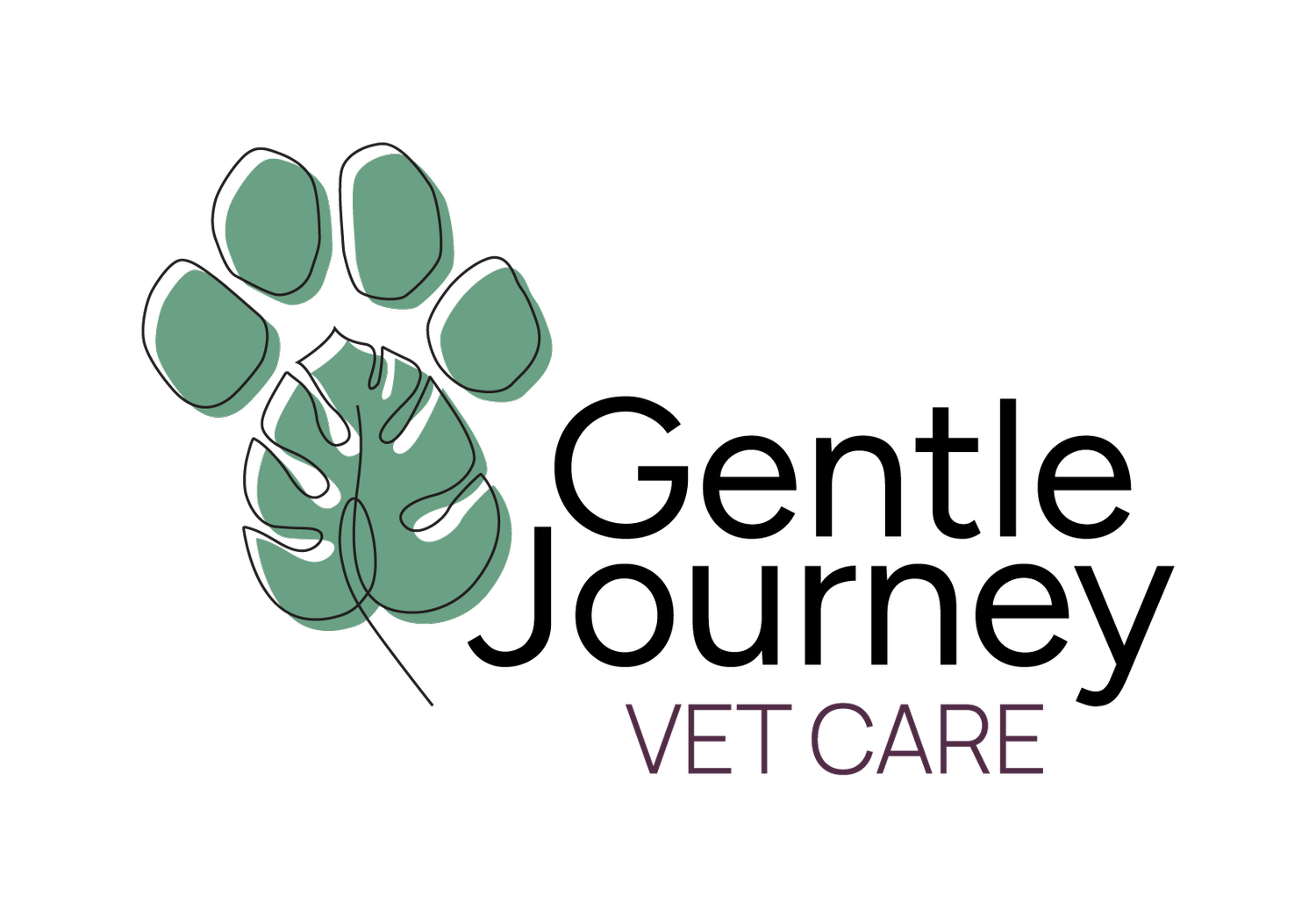Four Steps to Assessing Your Pet’s Quality of Life (QoL)
Quality of Life (QoL) is a phrase and concept that many of us are familiar with. But what exactly is quality of life when it comes to our pet’s care?
The World Health Organization (WHO) defines Quality of Life “as an individual's perception of their position in life in the context of the culture and value systems in which they live and in relation to their goals, expectations, standards and concerns.” But because we cannot know our pet’s perceptions, goals and expectations, we have to become observant and empathetic with our interpretation and find ways to make that judgment on behalf of our pet.
In the end, assessing QoL is aiding us in the decision on when to humanely euthanize our pet.
How can I assess my pet’s quality of life?
When assessing the Quality of Life for your pet, I have a few techniques I often recommend:
The Basics: eating, drinking, urinating and defecating. The big four. These are the basics when indicating general health in our pets. When all four are occurring normally and regularly, this will often indicate general systemic health. If one or more are absent or abnormal, there are likely to be one or more organ systems affected. This alone does not guarantee a quality of life, but it speaks to the overall, general health of your pet.
The Specifics: What are your pet’s three favorite things? It may be eating, sunbathing, chasing the birds in the window, or playing with their ball. If your pet is no longer pursuing their favorite things, it may indicate the progression of their disease or discomfort, and therefore, a decrease in their quality of life.
The Aerial View: Being a caregiver can be isolating, frustrating and exhausting, especially if done alone. Caregivers can lose sight of subtle changes in a daily assessment of their pet, as they are often focused on the ins and outs of caregiving. I recommend using a calendar of the month and at the end of each day, assigning a happy or sad face. It may sound rudimentary, because it is. But, it can be a powerful visual tool that allows guardians to take a step back at the end of every week or month, and be able to see if the good days outnumber the bad. You can even print your own calendar.
The Limits: It can be helpful at the beginning of your pet’s palliative care journey to set limits. For example, acknowledging that you no longer want to hospitalize your pet can be helpful later, when an option for hospitalization comes up. This does not mean that you cannot change your mind, but it will be a clear indicator that you are approaching a limitation of your pet’s QoL. Other examples of limits include pain, surgeries, urinary or fecal incontinence or inability to walk. Setting limits for yourself and your pet can be important when assessing QoL, and will be different for every family.
Another QoL assessment tool is the HHHHHMM Scale created by Dr. Alice Villalobos in 2007. The acronym stands for Hurt, Hunger, Hydration, Hygiene, Happiness, Mobility and More good days than bad, with scores ranging from 1 to 10. All the numbers are added together and a total greater than 35 indicates an acceptable quality of life.
How often should I assess my pet’s quality of life?
Ultimately, Quality of Life is determined by the caregiver with the help of partners, family, friends, and members of the care team. QoL should be reassessed frequently and can change often. There is no exact measure that will allow you to assess their QoL, but there are quite a few techniques to aid in your assessment and decision for euthanasia.
If you need help with assessing your pet’s Quality of Life, we offer virtual consultations to talk through this decision. We promise to look through all of your pet’s previous medical records and provide you with a personalized care plan that is tailored for your pet.


